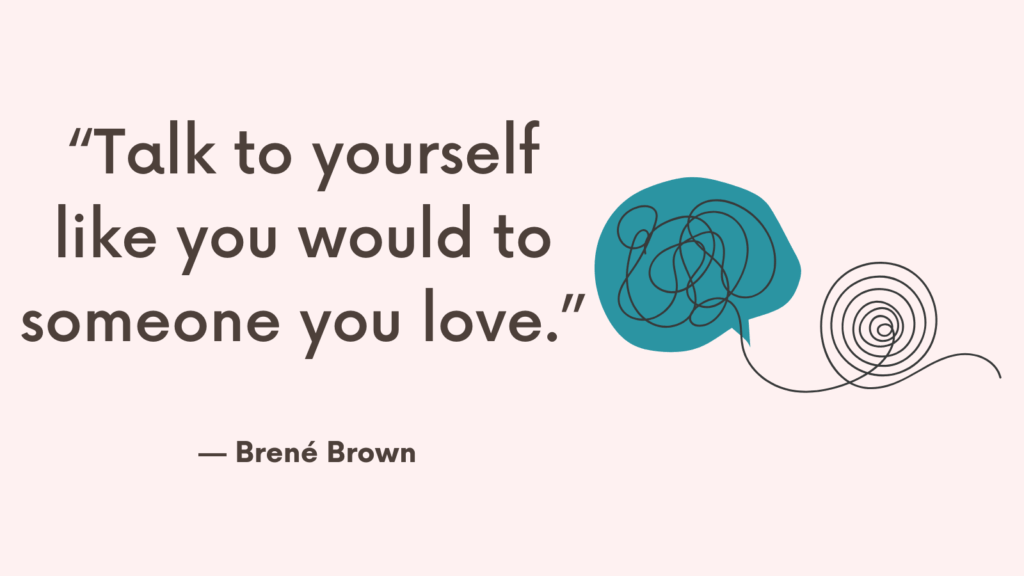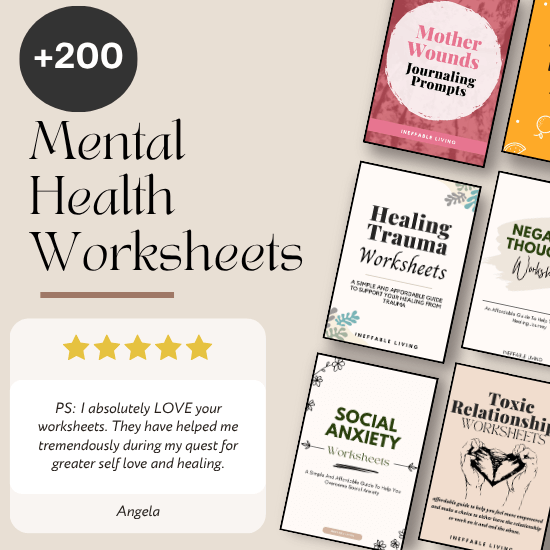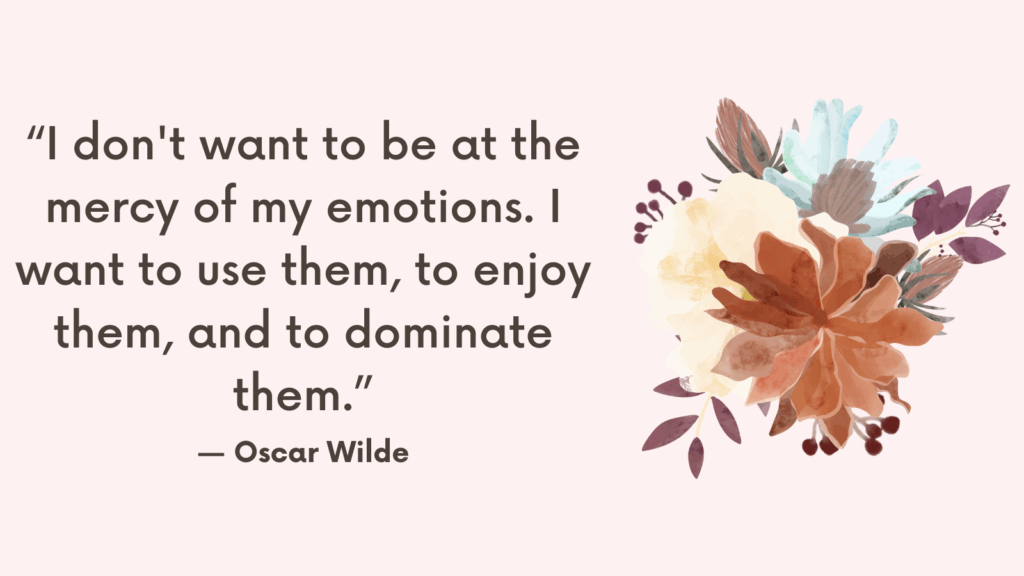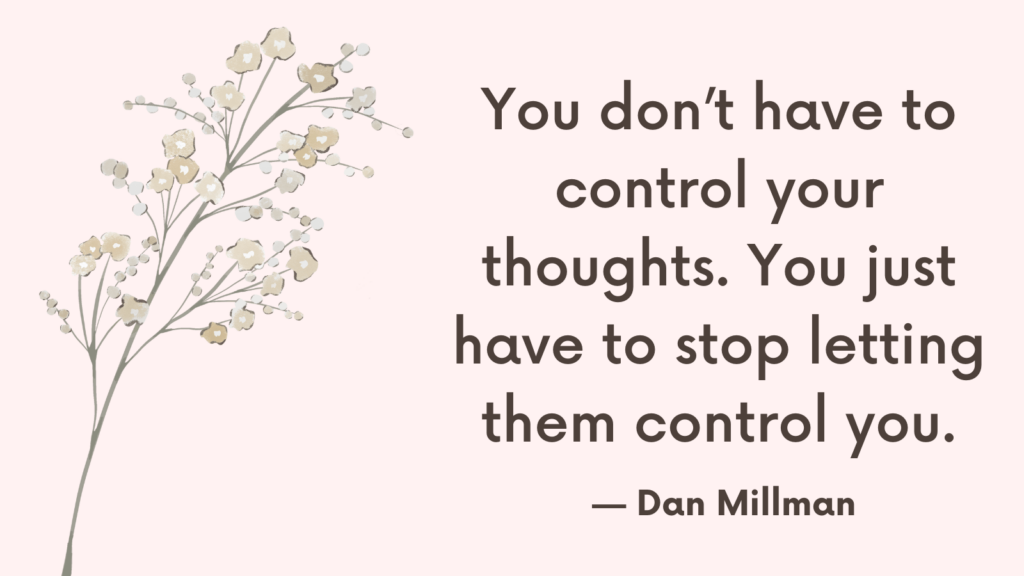Panic attacks often start small — a racing heart, a strange body sensation, a burst of fear — and then rapidly build into overwhelming physical and emotional distress. The key to preventing a full-blown panic attack is interrupting the cycle early and regulating your body before fear takes over. Here’s how to stop the spiral before it snowballs.
What Is a Panic Attack?
A panic attack is a sudden surge of intense fear or discomfort that peaks within minutes. It often comes out of nowhere and is not always tied to a specific trigger. During a panic attack, the body’s “fight-or-flight” system goes into overdrive—even if there’s no actual threat present.
It can feel overwhelming, unpredictable, and disorienting, especially the first time it happens. Many people rush to the emergency room thinking they’re having a heart attack.
Common Symptoms of a Panic Attack
While symptoms vary, most panic attacks include several of the following:
- Rapid heart rate or pounding heartbeat
- Shortness of breath or hyperventilation
- Chest pain or tightness
- Sweating, chills, or hot flashes
- Shaking or trembling
- Dizziness, lightheadedness, or feeling faint
- Nausea or stomach discomfort
- Numbness or tingling sensations
- Fear of losing control, going crazy, or dying
- A sense of detachment or unreality (called derealization)
These symptoms typically peak within 10 minutes and subside within 20 to 30 minutes, though they may feel much longer.
Related: How to Break the Panic Attack Cycle?
What Causes Panic Attacks?
Panic attacks are a response to intense stress, but the trigger isn’t always clear. Causes can include:
- Chronic anxiety or a panic disorder
- Major life stressors or trauma
- Phobias or specific triggers (e.g., elevators, crowds)
- Health conditions or stimulant use (like caffeine or medication side effects)
- A sensitive nervous system or genetic predisposition
Sometimes, just the fear of having another panic attack can trigger one—a pattern that can lead to panic disorder, where attacks are frequent and disruptive.
Panic Attack vs. Anxiety Attack
Though often used interchangeably, they’re not the same:
- A panic attack is sudden, intense, and peaks quickly. It may not have a clear cause.
- An anxiety attack builds gradually and is often tied to a specific stressor (like an upcoming event). Anxiety can linger longer and feel more “mental” than physical.
Understanding the difference can help guide treatment and self-care strategies.
Related: 9 Silent Panic Attacks Symptoms
How to Prevent Panic Attacks From Snowballing?
1. Recognize the First Signs
The earlier you intervene, the easier it is to regain control. Common early symptoms include:
- Chest tightness
- Rapid heartbeat
- Dizziness or lightheadedness
- Feeling detached from your body
- Sudden, unexplained fear
Say to yourself: “This is the start of anxiety. I know what this is.”
2. Stop and Breathe
Panic feeds on shallow, rapid breathing. Take slow, controlled breaths:
- Inhale for 4 seconds
- Hold for 4 seconds
- Exhale for 6–8 seconds
Repeat until your breath feels steadier. This calms your nervous system and breaks the cycle.
3. Ground Yourself in the Present
Use your senses to anchor you:
- Look around and name 5 things you can see
- Touch something textured or cold
- Listen to nearby sounds
This tells your brain: “I’m not in danger — I’m just overwhelmed.”
Related: Best 10 Panic Attack Books
4. Use a Calming Phrase
Pick one or two phrases to repeat in your mind or whisper aloud:
- “I’ve been here before and I always get through it.”
- “This will pass. I am safe.”
- “I don’t have to figure this out right now.”
Repetition helps override fear-based thoughts.
5. Move Your Body Gently
Panic creates a surge of adrenaline. Shake out your hands, walk around, stretch, or do light movements to discharge that energy. This helps your body feel less trapped and more in control.
6. Shift the Focus
If the fear is building, gently redirect your attention:
- Count backward from 100 by 7s
- Listen to a calming song
- Rub a scented lotion on your hands
- Repeat the alphabet with a new word for each letter
This gives your brain something else to focus on besides panic.
Related: +20 Overgeneralization Examples & How to Avoid It
7. Remind Yourself: Feelings Aren’t Facts
Say:
- “This is uncomfortable, but not dangerous.”
- “My body is reacting to fear, not reality.”
Your symptoms are real — but they’re not signs of disaster.
8. Visualize a Safe Place
Close your eyes and picture a place where you feel calm — a beach, a forest, your favorite room. Focus on the colors, sounds, and sensations of that place. Visualization can shift your brain out of panic mode.
9. Avoid Fighting the Feelings
Resisting the panic can make it worse. Instead, try saying:
- “Okay, I feel scared right now. I’ll let it move through me.”
Letting the emotion rise and fall often shortens its intensity.
10. Reflect Once It Passes
When you’re calm, take a moment to ask:
- “What helped me feel more in control?”
- “What were the earliest signs I can catch next time?”
This helps you feel stronger and more prepared for future episodes.
Related: Best 10 Books For Overthinking And Anxiety
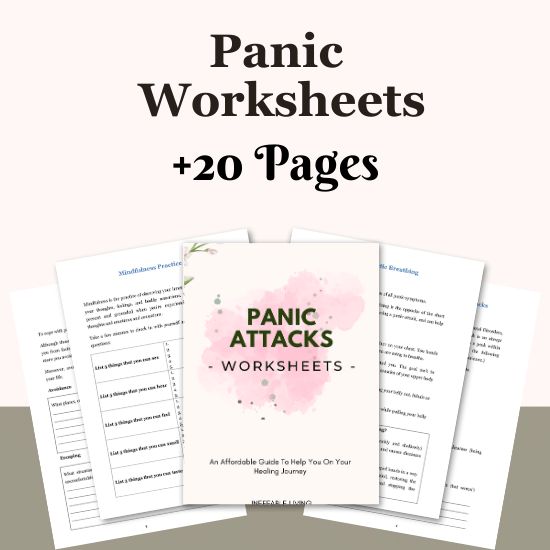
Conclusion
Panic attacks feel powerful — but so are you. You don’t need to fight them with force. With tools, awareness, and self-compassion, you can prevent panic from taking over and return to a place of calm more quickly each time.
